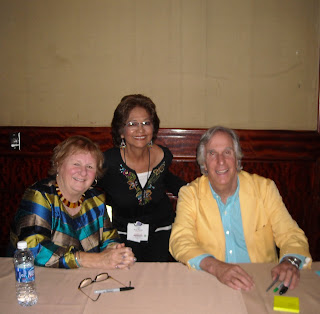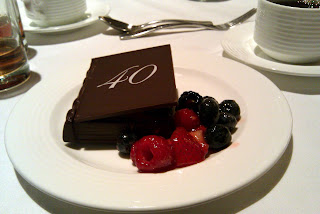I’m back! I attended the SCBWI-LA conference from August 4-9 after which I took a side trip to Albuquerque. There were 1,342 people in attendance at the conference, forty-nine states and twenty countries represented. Impressive, right?
 |
| Book Store at SCBWI-LA conference |
The keynote speakers at the conference were inspirational, as usual. The writer and illustrator workshops were packed every day. I took advantage of a round-table critique discussion where each table consisted of only nine people and an editor. I also signed up for a “First Page” critique workshop with about twenty people in the class.
 |
| SCBWI-LA Conference |
One of my favorite workshops was “Sources of Tension and How to Use Them” conducted by Donna Jo Napoli, author of so many books including Alligator Bayou, Bound, and Zel. She mentioned plot, character, setting, and timing as sources of tension and gave us examples for each. In plot, a writer needs to tighten the screws, make the situation worse. She mentioned “ripples,” and how a writer needs to disturb the flat surface to be disrupted.
 |
| Donna Jo Napoli and Lupe Ruiz-Flores |
“Challenge yourself as a writer,” she told us. “Your greatest job as a writer is to make the reader TRUST you. Show, don’t tell, so that your reader reads and believes what your character feels, thinks, and does.” I met Ms. Napoli at the Highlights Foundation Writers’ retreat in Chautauqua a few years back and have since become a fan of her books. More to follow later once I get all my notes together.
“Art is really the language of feeling.” – Steven Kellogg












